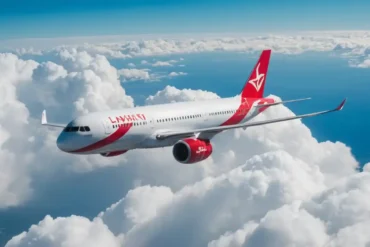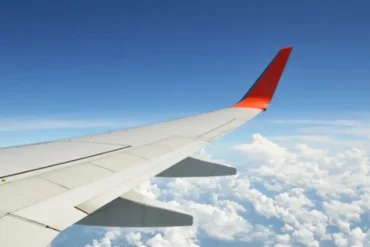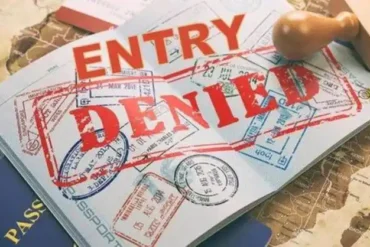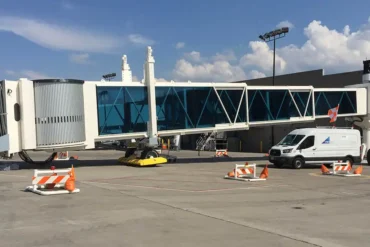Hey there! Let’s chat about the Location of Passenger Accommodations, or LOPA for short. It’s also known as the Passenger Accommodations Layout (PAL), and it’s essentially a detailed blueprint showing how everything’s arranged inside an airplane cabin.
When you look at a LOPA, you’ll see a comprehensive map of the aircraft interior. It shows the exact location of the cockpit, all the passenger and crew seats, lavatories, galleys, emergency equipment, dividers, and various other fixtures. The LOPA also includes an Emergency Equipment Listing (EEL), which is a crucial component detailing all the part numbers for emergency gear onboard.
Now, if an airline wants to make significant changes to their cabin layout, they can’t just wing it (pun intended!). They need to obtain a Supplemental Type Certificate (STC). This covers all sorts of modifications to the LOPA, including rearranging seats, adjusting Passenger Service Units (PSUs), relocating emergency equipment, installing floor path marking systems, changing carpets, hanging new curtains, or adding and removing fixtures.
Let’s talk about seating configurations in a LOPA. You might see something like “30C, 150Y” changing to “180Y”. The number before the letter indicates the quantity of seats, while the letter is an IATA booking code. For example, F is for first-class, C is for business class, J is for premium economy, and Y is for standard economy seats.
When it’s time for an End of Lease (EOL) assessment to evaluate the aircraft’s layout, you’ll need more than just the LOPA. You’ll want to review additional documents like PSU Mapping, Galley Designs, Life Vest Mapping, Safety Equipment LLP (Life Limited Parts) configuration, Loose Item List, Avionic LRU (Line Replaceable Units) specifications, and ELA (Electrical Load Analysis). All these components work together to give a complete picture of the aircraft’s interior configuration and systems.






